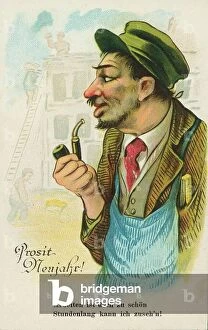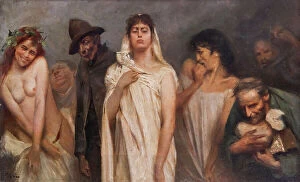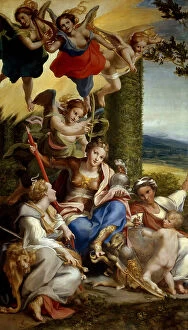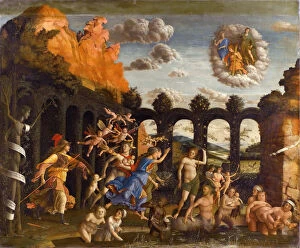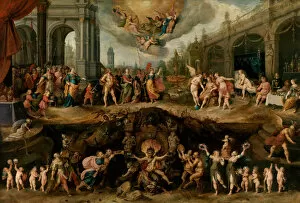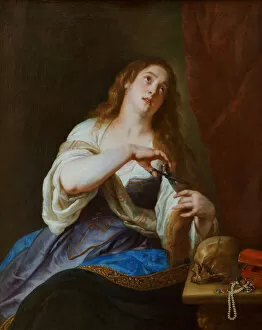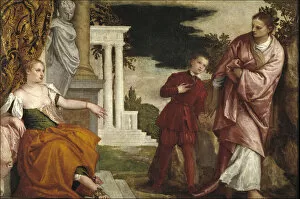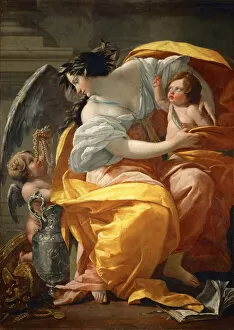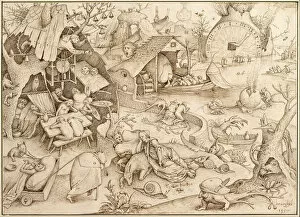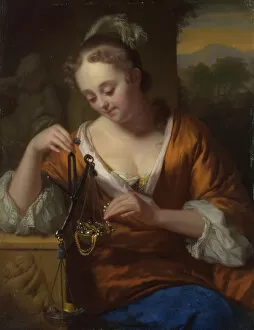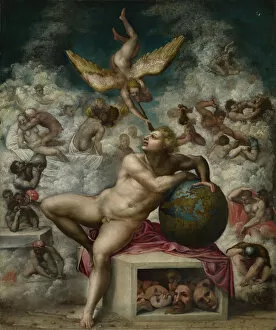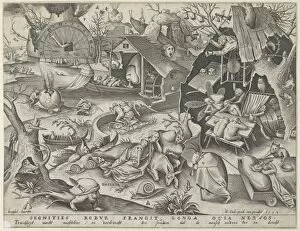Acedia Collection
"Acedia: The Battle Between Virtue and Vice" In the world of art, various masterpieces have depicted the eternal struggle between good and evil
All Professionally Made to Order for Quick Shipping
"Acedia: The Battle Between Virtue and Vice" In the world of art, various masterpieces have depicted the eternal struggle between good and evil. From Pesellino's "The Seven Virtues" to Mantegna's "Minerva Expelling the Vices from the Garden of Virtue, " these works capture humanity's constant battle with their inner demons. One such demon that has plagued mankind throughout history is acedia, also known as sloth. Bruegel's haunting depiction in his series "Seven Deadly Sins" portrays this deadly sin as a lethargic figure, representing our tendency to succumb to laziness and apathy. Yet, amidst this darkness, artists have also celebrated virtues and repentance. Veronese's painting shows a young man caught between virtue and vice, symbolizing the internal conflict we all face when making moral choices. Similarly, Crayer depicts Mary Magdalene in her moment of repentance, reminding us that redemption is always within reach. Luxuria or lust has been another temptation humans grapple with since ancient times. Pisanello captures its allure in his allegorical artwork while Bosch warns against its destructive nature through his vivid imagination. On the other hand, Tintoretto celebrates prosperity in his masterpiece by portraying abundance and wealth as symbols of success. Vouet takes a similar approach with his portrayal of an allegory of wealth; however, he reminds us that true riches lie beyond material possessions. Throughout history, artists like Scheggia and Schalcken have continued exploring these themes by depicting allegories of virtue versus riches. Their works serve as reminders that true happiness lies not in worldly possessions but rather in living a virtuous life guided by principles such as diligence and temperance. As we delve into these artistic representations spanning centuries, we are confronted with our own struggles against acedia - whether it be procrastination or indifference towards important matters.


